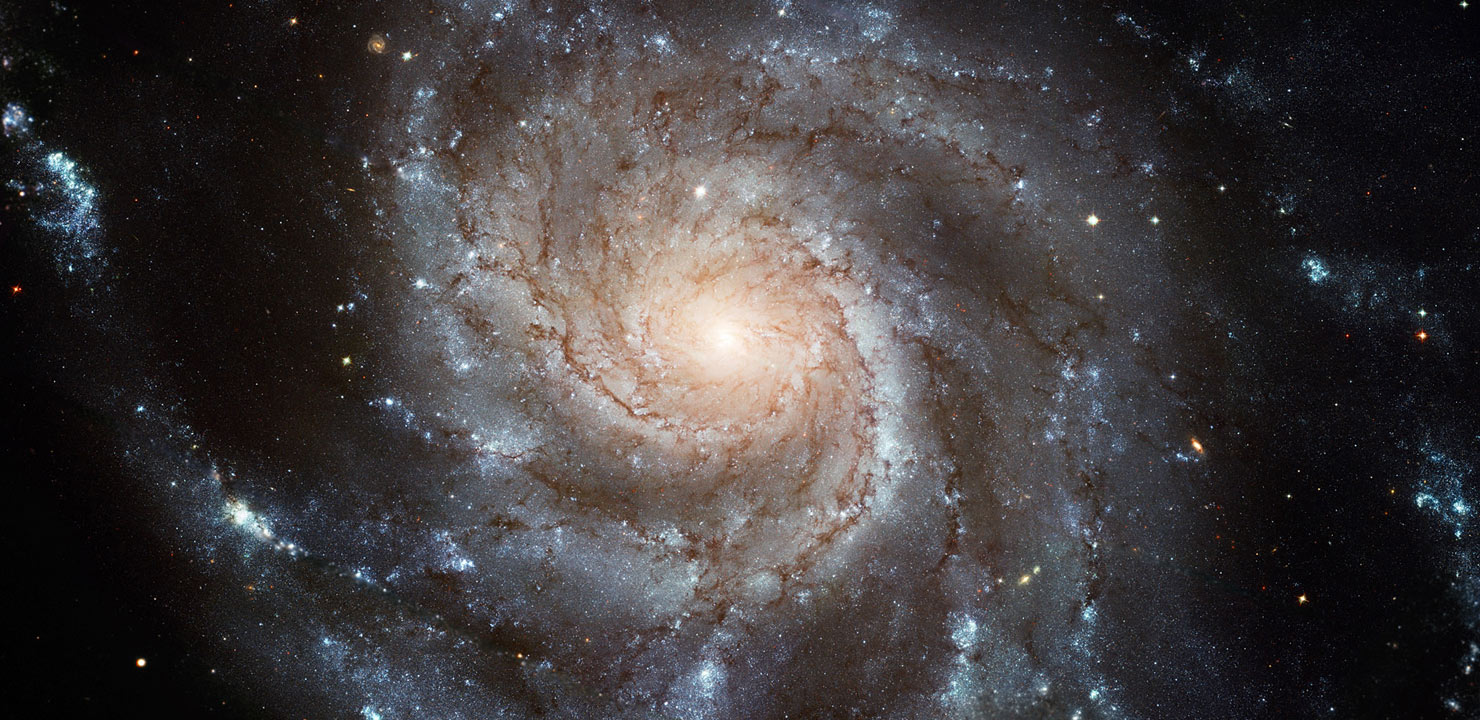The Sky in June
Meteor Shower
June Lyrids
Peaks June 15-16The Circumpolar Constellations
By Francine JacksonObserving Projects for June
A Selection of Double Stars in Corona Borealis
: By Glenn ChapleSpring Double Stars: The Three Leaps of the Gazelle
: By Nan D'AntuonoSummer Double Stars
: By Nan D'AntuonoSome Bright Summer Double Stars
: By Glenn ChapleSome Bright Spring Double Stars
: By Glenn Chaple
A Selection of Double Stars in Boötes
: By Glenn ChapleA Selection of Double Stars in Scorpius
: By Glenn ChapleA Selection of Double Stars in Draco
: By Glenn Chaple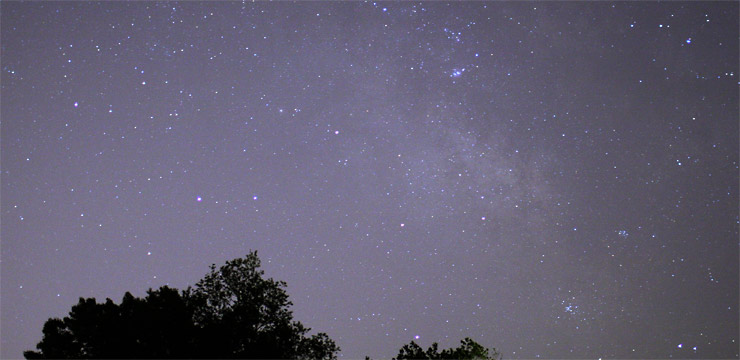
The Heart of our Milky Way Galaxy
: By Craig Cortis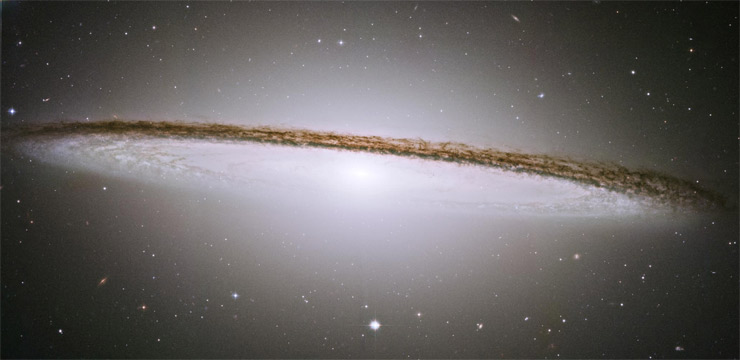
A Better Galaxy Guide: Late Spring
: By Craig Cortisβ Cygni (Albireo)
: By Glenn Chaple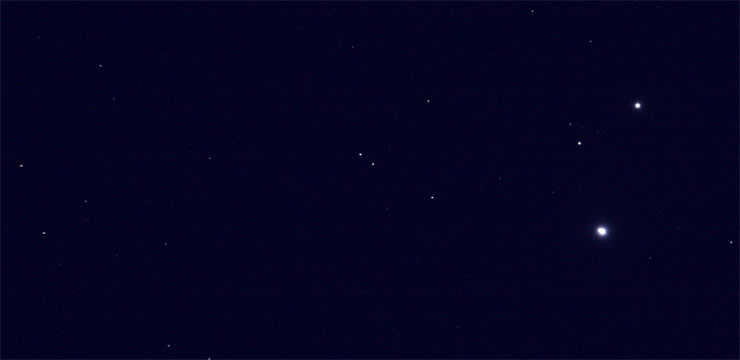
Mizar, The First Double Star
: By Glenn Chaple44 Boötis
: By Glenn ChapleMessier 6 and Messier 7
: By Glenn ChapleChaple’s Arc
: By Glenn ChapleCygnus X-1: A Black Hole You Can Find!
: By Craig CortisTaking the Broad View: Skywatching with your Naked Eyes
: By Craig CortisM40: The “Unknown” Messier Object
: By Glenn ChapleIt’s Full of Stars!
: By Dave HuestisIC 4665
: By Glenn ChapleNGC 6207
: By Glenn ChapleIzar (ε Boötis)
: By Glenn Chaple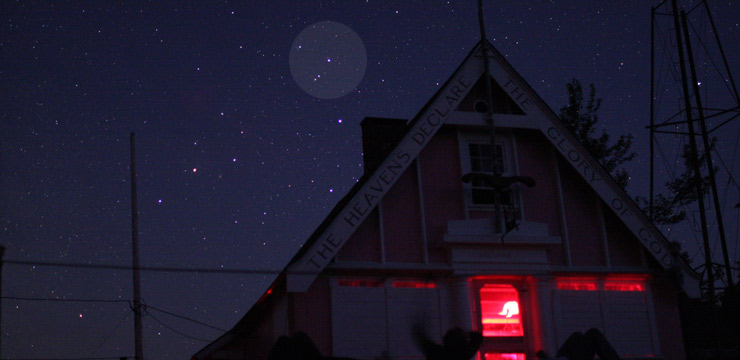
β Scorpii
: By Glenn Chaple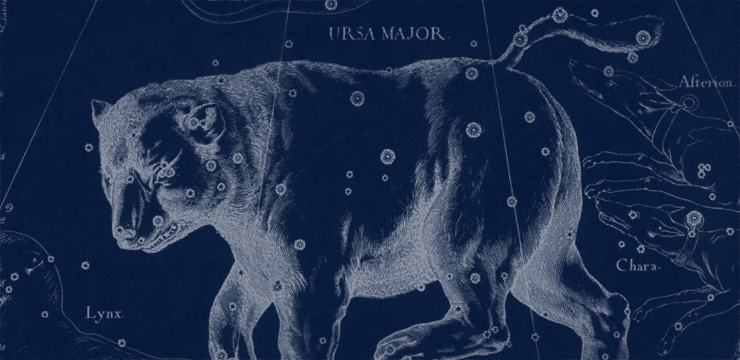
The Circumpolar Constellations
: By Francine Jackson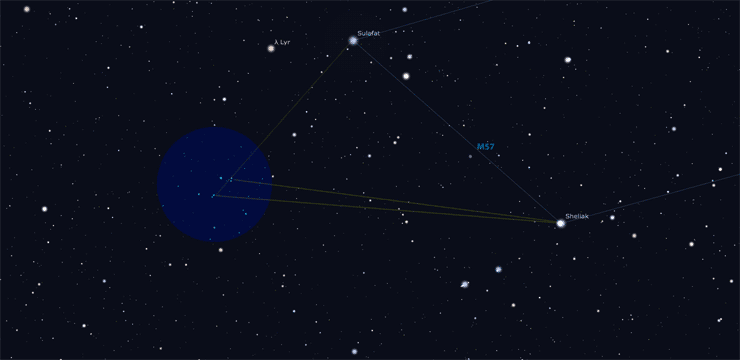
The Ships of Sheliak
: By Jim HendricksonM92: Globular Cluster in Hercules
: By Glenn ChapleM56: Globular Cluster in Lyra
: By Glenn Chaple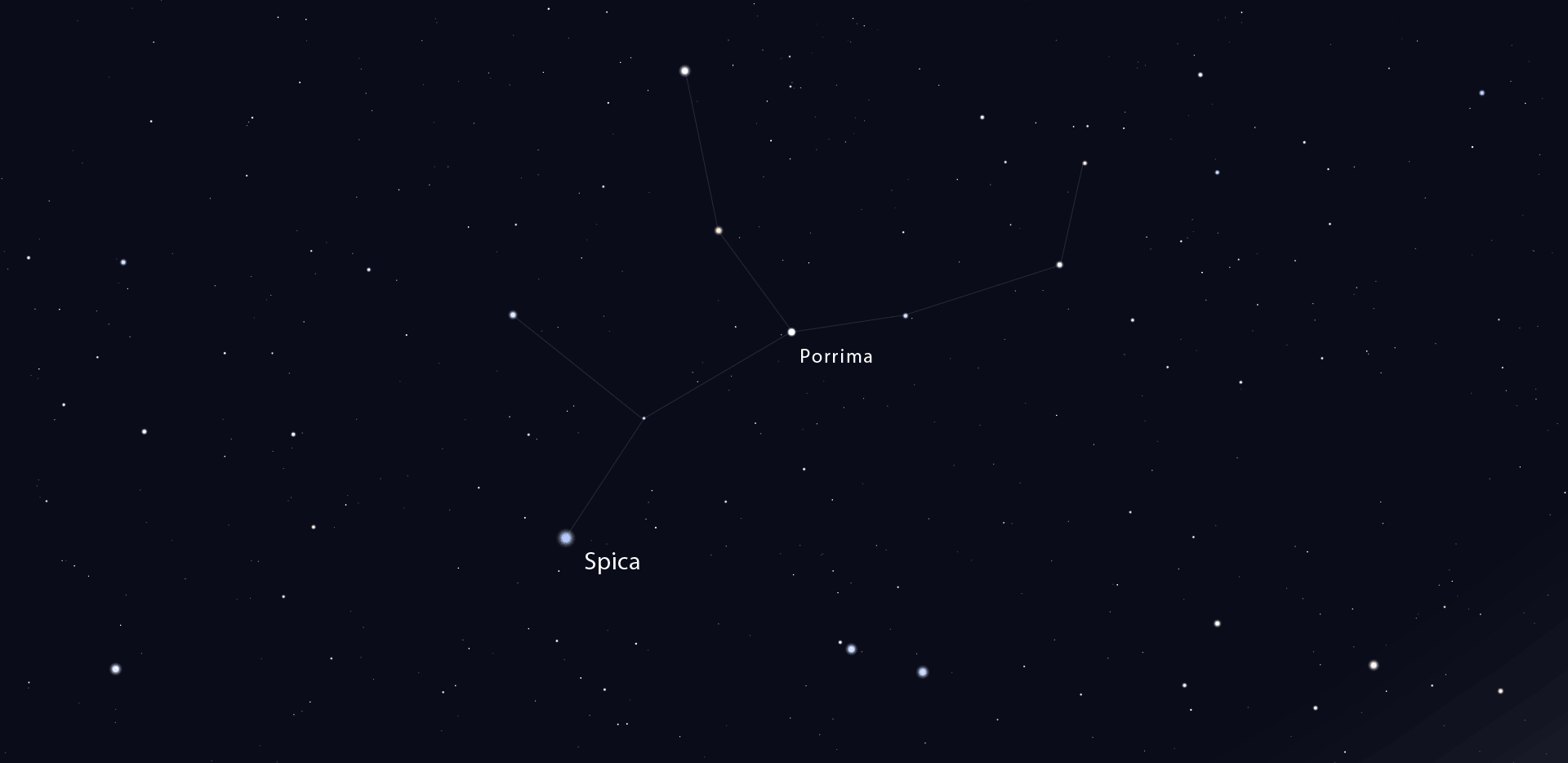
Porrima: Binary Star in Virgo
: By Glenn ChapleBinary Star: Xi Boötes
: By Scott MacNeillNu Scorpii
: By Glenn Chaple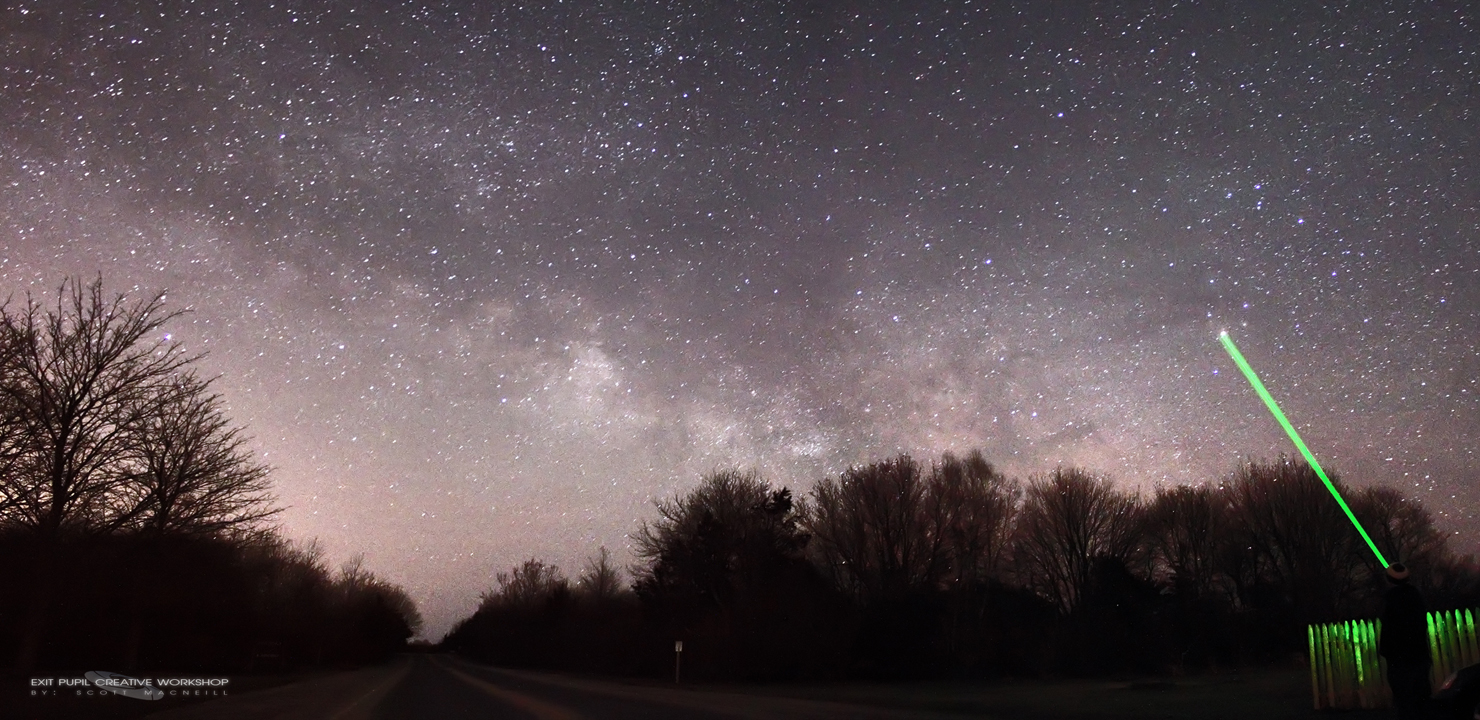
Some Treasures of the Summer Milky Way From Perseus to Sagittarius
: By Dave Huestis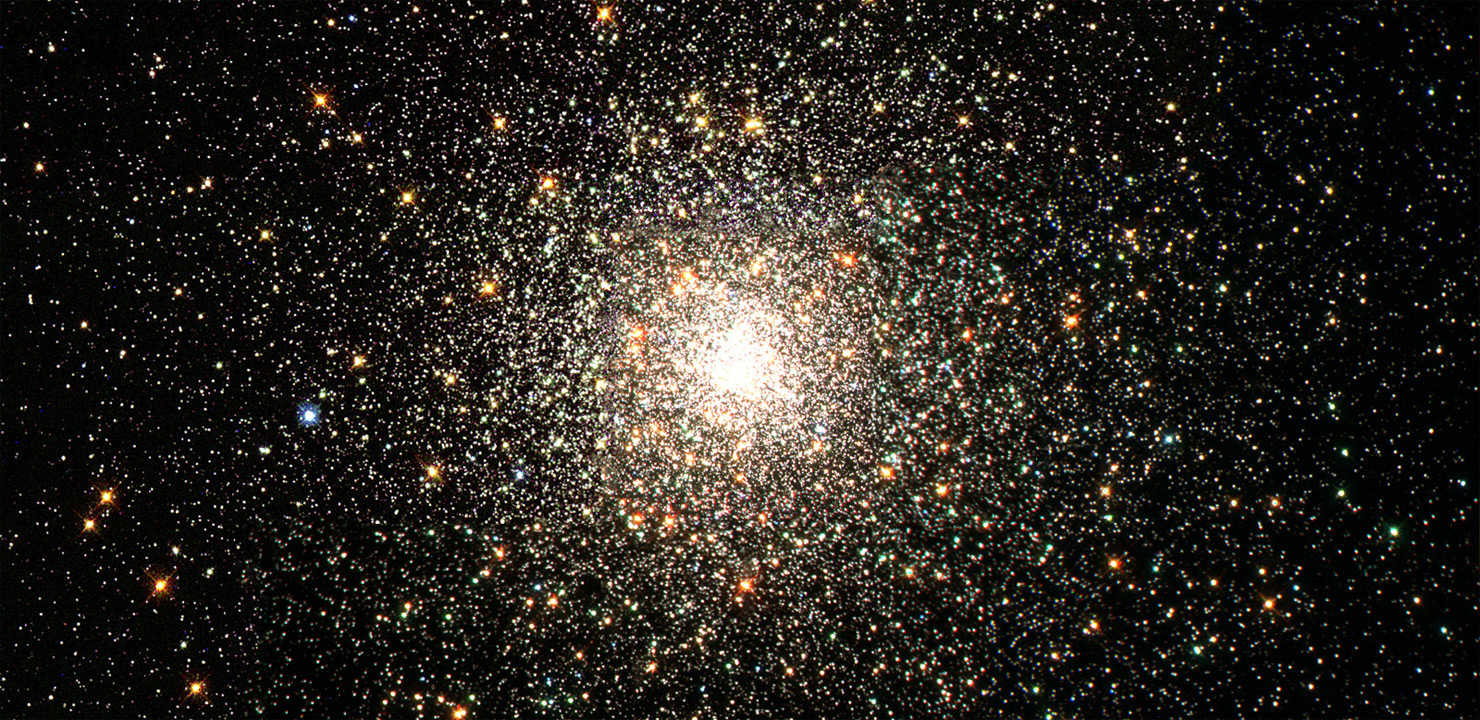
M80: Globular Cluster in Scorpius
: By Glenn Chaple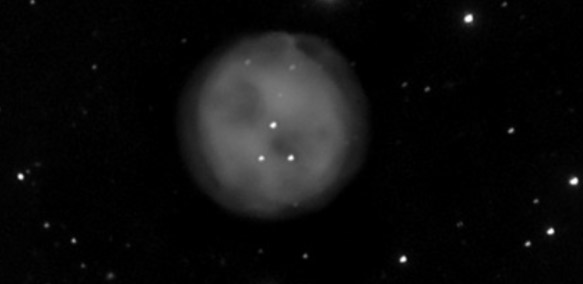
M97: The Owl Nebula
: By Glenn Chaple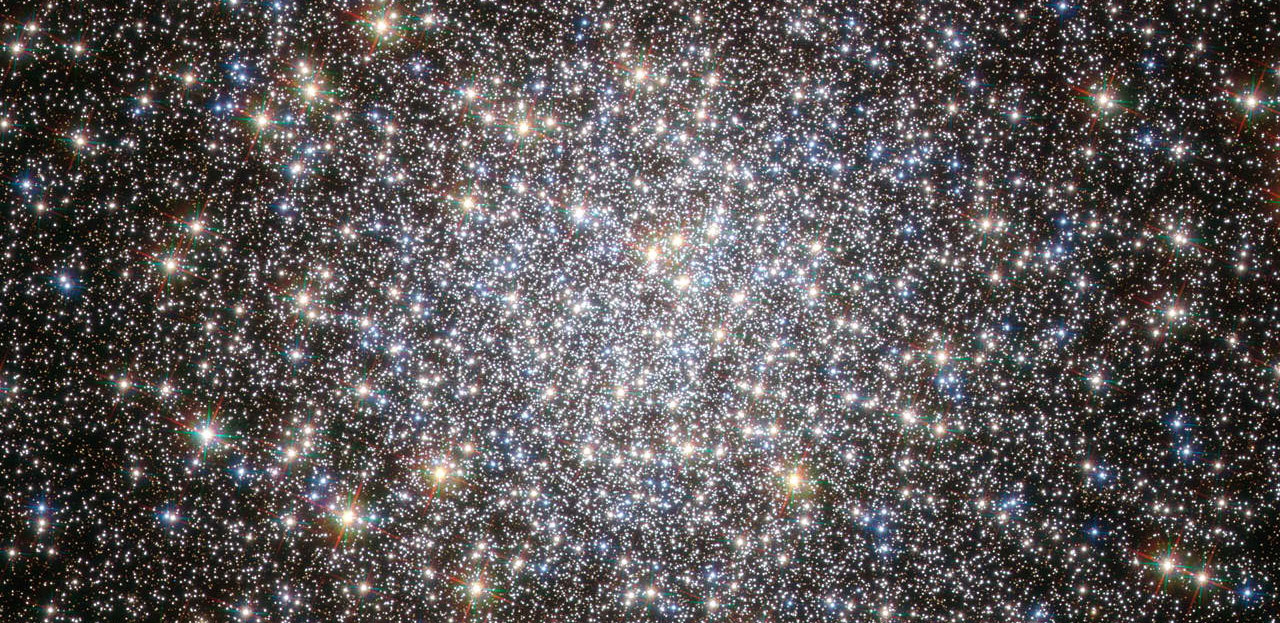
M5: Globular Cluster in Serpens
: By Glenn Chaple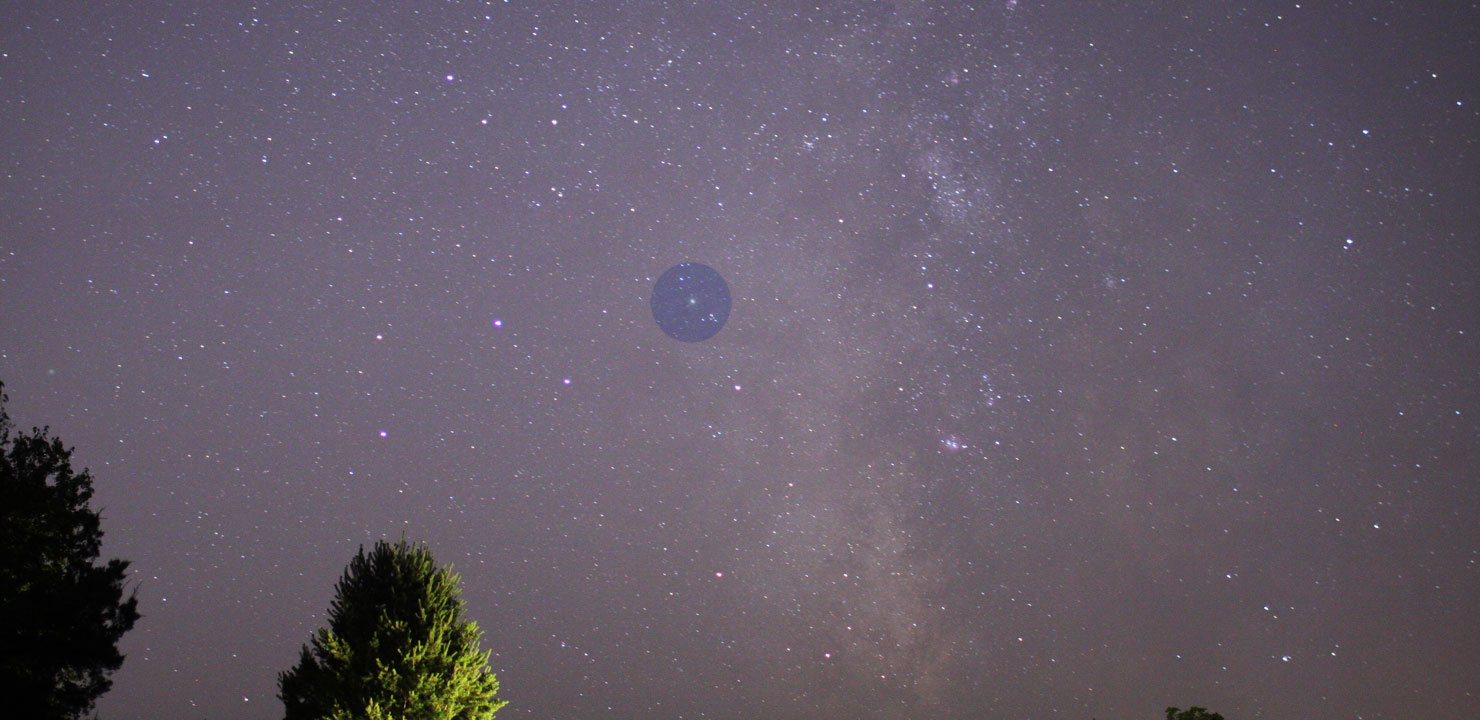
M22: Globular Cluster in Sagittarius
: By Glenn Chaple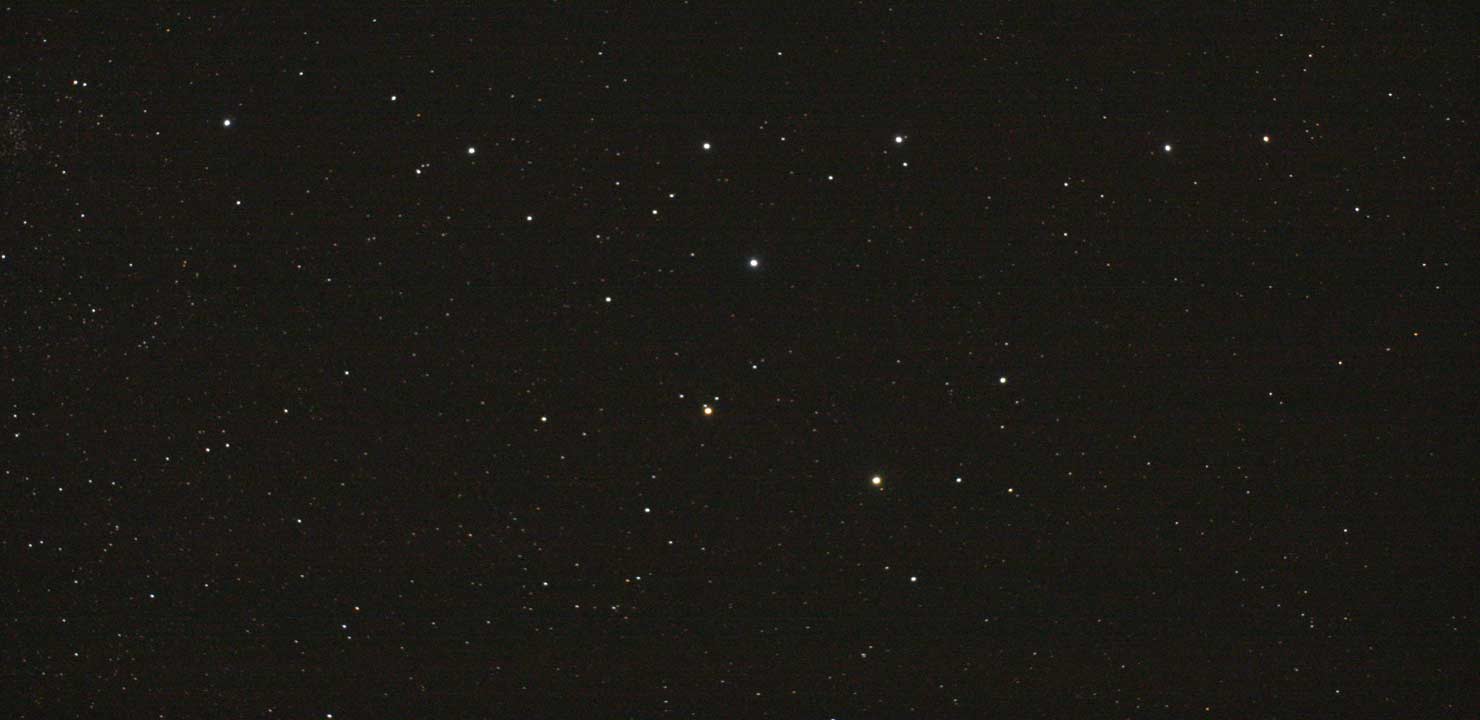
Coathanger Asterism in Vulpecula
: By Glenn Chaple